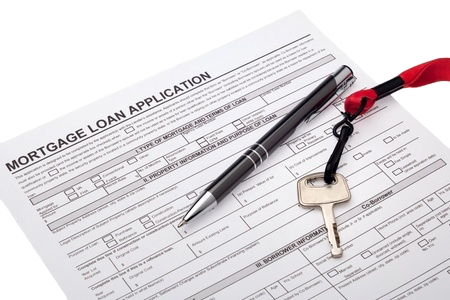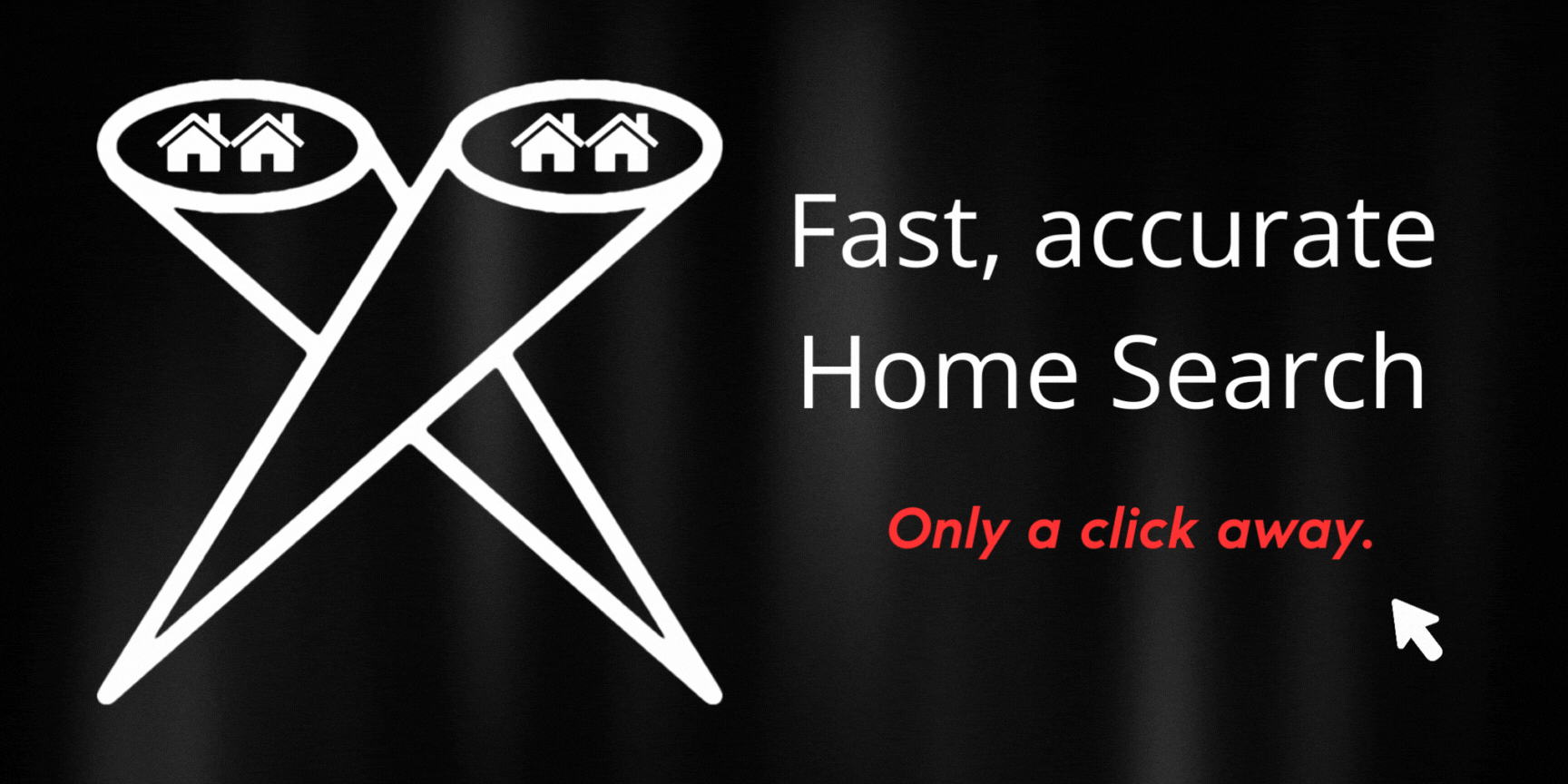Mortgage disclosure documents have gone through tremendous change recently with the new TRID forms. There have always been several disclosure forms when applying for a mortgage, and it could be overwhelming. Many of these forms were mandated by various laws over time. In some cases, they overlapped, disclosing essentially the same thing, but in different ways, and could be confusing. The newly revised mortgage disclosure documents have addresses some of this.
The New Loan Estimate Disclosure
The new TRID loan estimate document combines items from the old Truth-in-Lending (TIL) and Good Faith Estimate (GFE) disclosures. This document gives a better understanding of the features of a mortgage, fees charged, estimated monthly payments, and any risks that come with it. This can be helpful when comparing specific loan alternatives either from one mortgage company or from multiple lenders (because when getting a mortgage loan, it’s good to shop around). Lenders will generate this document within 3 business days of your application submission.
The New Closing Disclosure (CD) Form
The closing disclosure (CD) form includes the particular costs involved with the mortgage. It combines information normally detailed in the settlement form and Truth-in-Lending disclosure. There are ordinarily many different costs. To organize the figures, they are lumped into specific categories such as origination charges, recording fees, and escrow deposits. This document is generated later in the transaction – no later than 3 business days before closing.
Revised Mortgage Disclosure Documents
These forms launched October 3, 2015, but this change does not apply to reverse mortgages and home equity loans. No matter which disclosures apply to you, you should always touch base with your mortgage consultant if you have questions. The information on the revised mortgage disclosure documents shared here is intended only as an overview and does not outline every aspect of the recent changes.




